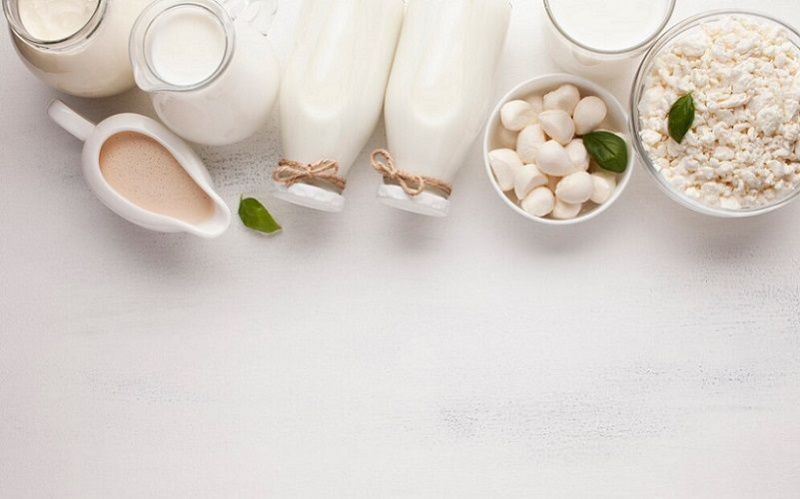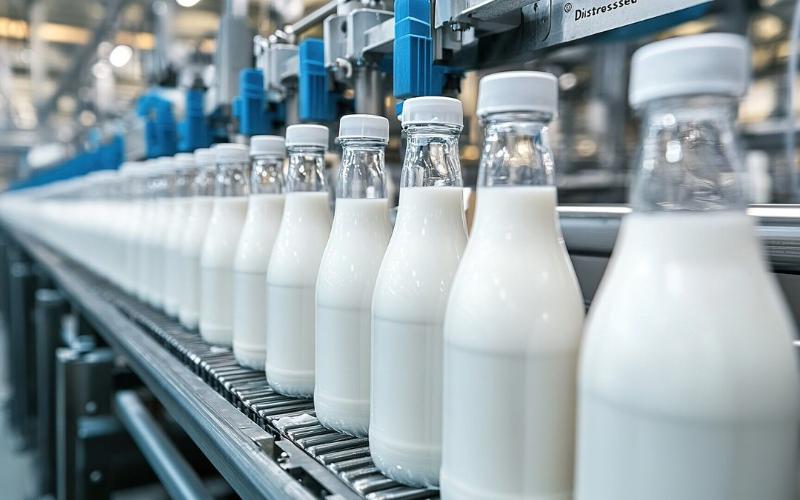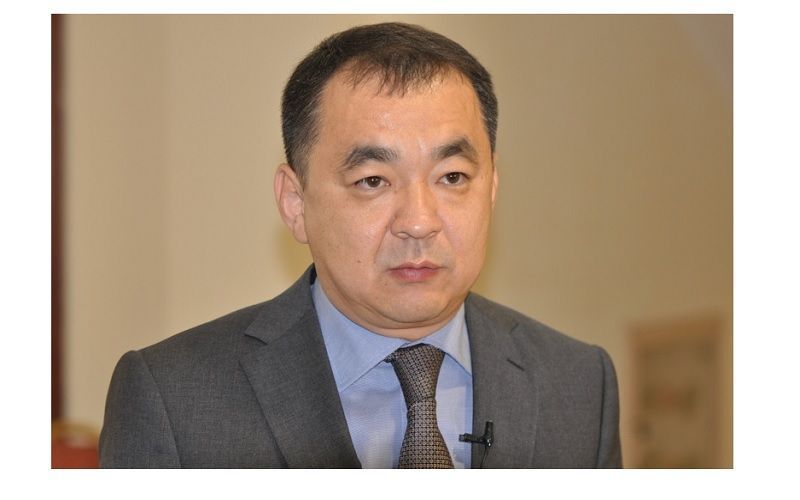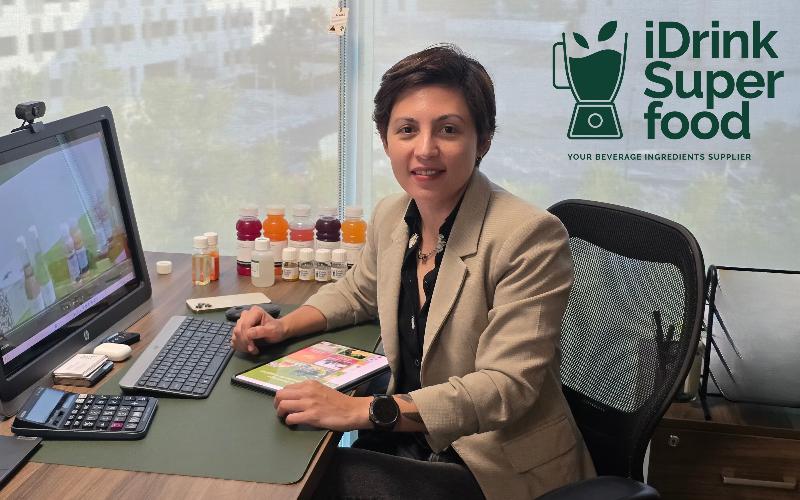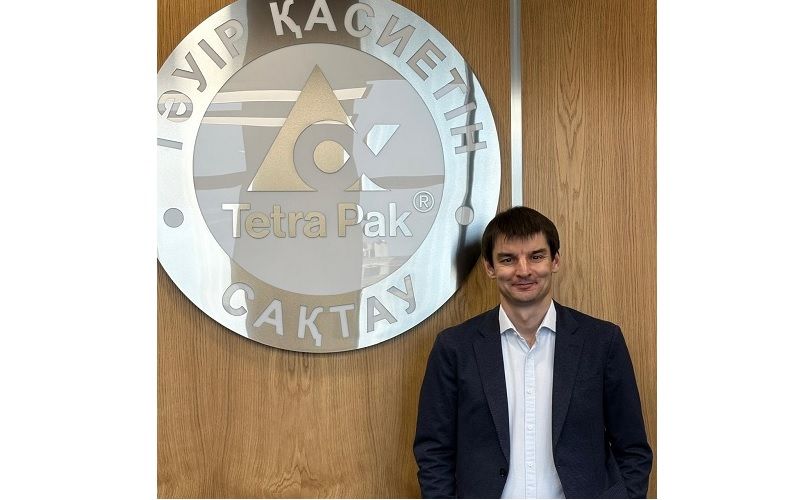The Future of the Dairy Industry: Mikhail Mishchenko on Global Trends and Threats
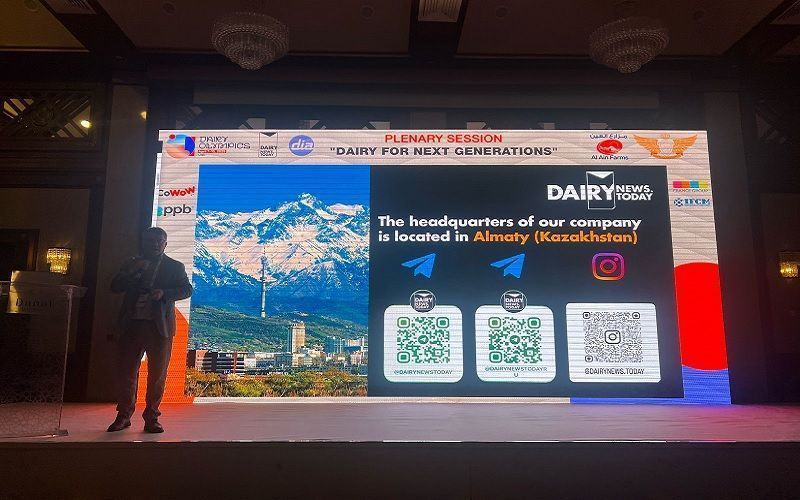
During his speech, Mishchenko provided an in-depth analysis of current global trends in the development of the dairy sector.
Trend 1: Slowing Growth in Production
According to IDF data, global milk production increased by only 1.1% in 2022, reaching 936 million tons. A growth of just 0.8% is expected in 2024. The compound annual growth rate (CAGR) fr om 2015 to 2023 stands at around 2%.
Specifically, cow milk production rose by 0.7% in 2022 to reach 936 million tons. The CAGR for cow milk production from 2015 to 2022 was 1.8%. A growth of 0.8% is forecasted for 2024.
Milk from other animals is growing at a faster rate globally than cow milk, the expert noted.
Asia’s share in global cow milk production is increasing—from 34% in 2022 to 36% in 2023. In contrast, North and Central America are seeing a decline in growth—from 18% to 17%.
According to IFCN data, most milk and dairy exporting countries do not report reductions in production volumes through official channels.
“It’s important to note that in most post-Soviet countries and in parts of Asia, there is a significant informal milk sector. Much of the milk reported in government statistics simply doesn’t exist. I have doubts about the data coming from India and Pakistan. For example, Kazakhstan officially reports 6 million tons annually, but our estimates suggest only 2 million tons. Russia’s Ministry of Agriculture reports 33–34 million tons, while the actual figure is closer to 23 million tons,” Mishchenko commented.
“What about the prospects for milk production in Europe? According to IFCN, production in the EU-15 may decline by 9 million tons (converted to SCM) by 2030. In the EU-13, production is expected to grow by 2.5 million tons by 2030. Poland could see the largest increase, adding 2 million tons by 2030. Overall, I believe milk production will grow much more slowly than indicated in many official country reports,” he added.
Trend 2: Decline in Cattle Numbers
IFCN projects that by 2030, the global dairy cattle population will shrink by 12 million head, down to 370 million.
The sharpest declines are expected in Asia (China, India, Pakistan), Europe, and Oceania, while North and Central America may see slight growth.
“In China, the number of cows dropped during the pandemic. Last year, the local dairy market faced issues related to overproduction. Experts in China now discuss two solutions: exporting, which is nearly impossible for the country, or reducing cattle numbers,” Mishchenko explained.
Trend 3: Decrease in Number of Farms
By 2030, the number of dairy farms worldwide could drop to 100 million—10% less than the current 110 million.
Central Asian and CIS countries are showing a steady decline: Kazakhstan, Uzbekistan, and Kyrgyzstan have seen a 2–3 fold reduction over the past 25 years.
Trend 4: Productivity Growth
Milk yield per cow is increasing across all countries:
-
USA: from 7.9 to 11 tons/year
-
EU: steady growth despite herd reductions
-
Saudi Arabia: leader in productivity (up to 13 tons/year)
-
Turkey: doubled productivity from 2.6 to 5.2 tons between 1996 and 2022
Mishchenko also highlighted Qatar, wh ere productivity rose from 1.5 tons per cow per year to levels comparable with the EU. This showcases the rapid development of dairy productivity in the country.
With the rise of lab-grown milk and the increasing use of AI technologies to replace human labor, a fundamental question arises: How can we preserve the human role in the dairy production chain? And perhaps more importantly, should we? These are the questions that experts will seek to answer throughout the Dairy Olympics 2025.
Gold Partners
- Al Ain Farms Group
- Imperial


